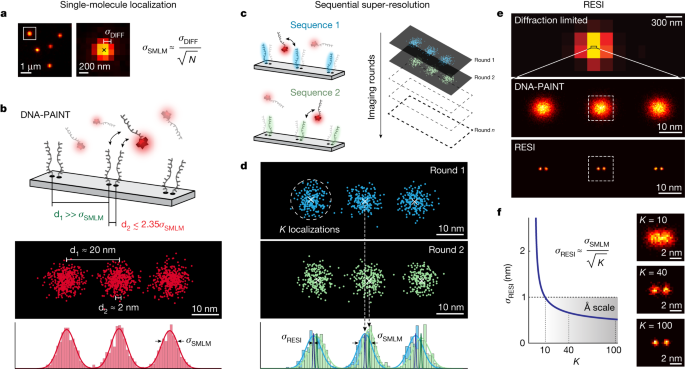2023-05-25 ミュンヘン大学(LMU)
◆LMUのPeter Thirolf教授とSandro Kraemer博士は、国際チームと協力し、タングステン229の励起エネルギーを精密に特徴付けることに成功しました。この原子核は将来の核時計の時間計測要素として利用される予定です。
◆核時計の開発は多くの課題を抱えていますが、それによって基礎物理学研究や実用的な応用分野に新たな可能性が開けると期待されています。最初の試作品は10年以内に実現する見通しです。
<関連情報>
- https://www.lmu.de/en/newsroom/news-overview/news/keeping-time-with-an-atomic-nucleus.html
- https://www.nature.com/articles/s41586-023-05894-z
229Th核時計異性体の放射性崩壊の観測に成功 Observation of the radiative decay of the 229Th nuclear clock isomer
Sandro Kraemer,Janni Moens,Michail Athanasakis-Kaklamanakis,Silvia Bara,Kjeld Beeks,Premaditya Chhetri,Katerina Chrysalidis,Arno Claessens,Thomas E. Cocolios,João G. M. Correia,Hilde De Witte,Rafael Ferrer,Sarina Geldhof,Reinhard Heinke,Niyusha Hosseini,Mark Huyse,Ulli Köster,Yuri Kudryavtsev,Mustapha Laatiaoui,Razvan Lica,Goele Magchiels,Vladimir Manea,Clement Merckling,Lino M. C. Pereira,Sebastian Raeder,Thorsten Schumm,Simon Sels,Peter G. Thirolf,Shandirai Malven Tunhuma,Paul Van Den Bergh,Piet Van Duppen,André Vantomme,Matthias Verlinde,Renan Villarreal & Ulrich Wahl
Nature Published:24 May 2023
DOI:https://doi.org/10.1038/s41586-023-05894-z

Abstract
The radionuclide thorium-229 features an isomer with an exceptionally low excitation energy that enables direct laser manipulation of nuclear states. It constitutes one of the leading candidates for use in next-generation optical clocks1,2,3. This nuclear clock will be a unique tool for precise tests of fundamental physics4,5,6,7,8,9. Whereas indirect experimental evidence for the existence of such an extraordinary nuclear state is substantially older10, the proof of existence has been delivered only recently by observing the isomer’s electron conversion decay11. The isomer’s excitation energy, nuclear spin and electromagnetic moments, the electron conversion lifetime and a refined energy of the isomer have been measured12,13,14,15,16. In spite of recent progress, the isomer’s radiative decay, a key ingredient for the development of a nuclear clock, remained unobserved. Here, we report the detection of the radiative decay of this low-energy isomer in thorium-229 (229mTh). By performing vacuum-ultraviolet spectroscopy of 229mTh incorporated into large-bandgap CaF2 and MgF2 crystals at the ISOLDE facility at CERN, photons of 8.338(24) eV are measured, in agreement with recent measurements14,15,16 and the uncertainty is decreased by a factor of seven. The half-life of 229mTh embedded in MgF2 is determined to be 670(102) s. The observation of the radiative decay in a large-bandgap crystal has important consequences for the design of a future nuclear clock and the improved uncertainty of the energy eases the search for direct laser excitation of the atomic nucleus.


